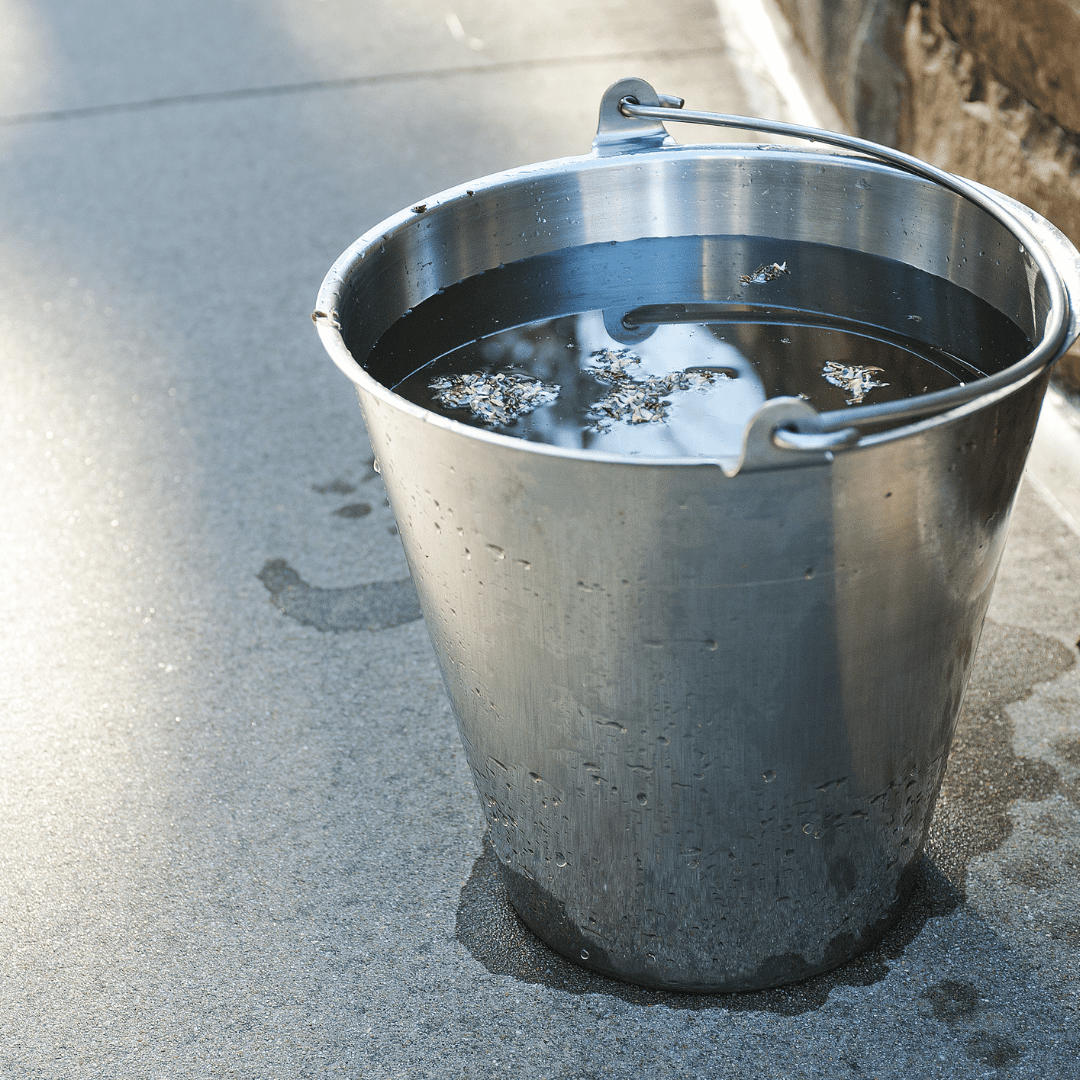What is your stress bucket? (Stress Bucket Series – Part 1)
Episode 37: Spotify | Apple Podcasts | YouTube
View transcript on Buzzsprout
You’ve probably heard the phrase, “you can’t pour from an empty cup.” But what if the real problem isn’t an empty cup—but a constantly overflowing one? In this 4-part series, Amanda walks through the Stress Bucket Exercise, a powerful tool for understanding your unique stress capacity, identifying your load, and building tangible strategies to regulate it. This post focuses on Step 1: Assess.
Click here to download the Stress Bucket Workbook Freebie!
What We Cover in This Episode
- What the “stress bucket” analogy actually means
- How unmanaged stress contributes to anxiety and depression
- Four types of stressors to explore: physiological, environmental, relational, and technological
- How to identify your baseline and daily stressors
- Why creating a “buffer zone” is essential for mental and emotional resilience
Why Stress Management Needs a Rethink
Stress isn’t inherently bad. It’s a normal, inevitable part of life. But unmanaged, chronic stress? That’s when symptoms start to show up—mentally, emotionally, and physically. The Stress Bucket Exercise helps you assess what’s contributing to your stress load so you can create more space, or what Amanda calls your “buffer zone,” between your current load and your full capacity.
The Stress Bucket Explained
Imagine your nervous system is a bucket. The water inside represents your stressors. The space between the waterline and the top is your buffer zone—your window of tolerance.
Everyone’s bucket is a different size, depending on genetics, history, and environment. Your goal isn’t to empty the bucket completely, but to keep it from overflowing. This framework teaches you to recognize what fills your bucket, when it’s nearing capacity, and how to regulate before it spills over into anxiety, burnout, or shutdown.
Step 1: Assess What’s in Your Bucket
This foundational step is about inventory. What are the stressors that are consistently filling your system? Amanda categorizes them into four buckets:
1. Physiological Stressors
These include sleep patterns, movement, nutrition, hydration, breathing, hormone imbalances, medications, illness, trauma, and overall health history. These internal stressors affect how resourced (or depleted) your system is each day.
2. Environmental Stressors
Think of your home, work, finances, safety, exposure to nature, and social climate. Is your environment nourishing or draining? Are you surrounded by chaos, clutter, or conflict? Or are there places that support calm and recovery?
3. Relational Stressors
This includes your relationship with yourself and others. Beliefs about worthiness, emotional labor in relationships, lack of boundaries, caregiving roles, and social disconnection all contribute. Self-worth and belonging are especially potent stressors here.
4. Technological & Miscellaneous Stressors
Social media habits, news consumption, email overload, screen time, and overstimulation fall into this bucket. Add to that: major life transitions, emotional triggers, or anything unique to your life circumstances.
Each of these areas can contribute to your stress bucket. The goal in this step is simply to see it all clearly. No judgment. Just awareness.
Let This Be a Guilt-Free Inventory
It’s easy to feel shame when naming stressors—especially those tied to relationships or parenting. But this exercise isn’t about blame. It’s about clarity. Stress is inevitable. But when you know your load, you can begin to make changes.
This is something we do individually with each of our RESTORE clients (our 1:1 coaching program), this personal assessment sets a more clear and strategic path forward in your healing. It’s also something we visit as a community inside the Regulated Living Membership, where members practice nervous system regulation not just as crisis response, but as a daily lifestyle. The more awareness you build, the more agency you gain, and we’d love to support you in this!
Three Tangible Takeaways
- Your nervous system has a capacity. When your stress bucket stays too full for too long, symptoms emerge. Learning to assess your stress is step one in reclaiming ease.
- You can’t manage what you don’t first acknowledge. Inventory your physiological, environmental, relational, and technological stressors with curiosity, not critique.
- Use Amanda’s free workbook to go deeper. It includes prompts and exercises for each category. You can also bring it to therapy, coaching, or your own reflections.
Looking for more personalized support?
- Book a FREE discovery call for RESTORE, our 1:1 anxiety & depression coaching program (HSA/FSA eligible & includes comprehensive bloodwork)
- Join me inside the Regulated Living Membership, a mental health membership and nervous system healing space (sliding scale pricing available)
- Join my Release Class – Monthly guided nervous system regulation class
- Order my book, Healing Through the Vagus Nerve today!
- Download free resources here
*Want me to talk about something specific on the podcast? Let me know HERE.
Disclaimer: This article is for informational purposes only and is not a substitute for professional medical advice, diagnosis, or treatment. Always seek the advice of your physician or qualified mental health provider with any questions you may have regarding a medical condition.

Leave a Reply Cancel reply
A mental health newsletter that feels like a deep breath: simple, grounding, and here to remind you that healing is possible.
The Weekly Rewire
Navigate
Regulated Living provides neuroscience-backed mental health coaching to help you regulate your nervous system and reclaim your life from anxiety and depression.
Heal
Learn
Paragraph